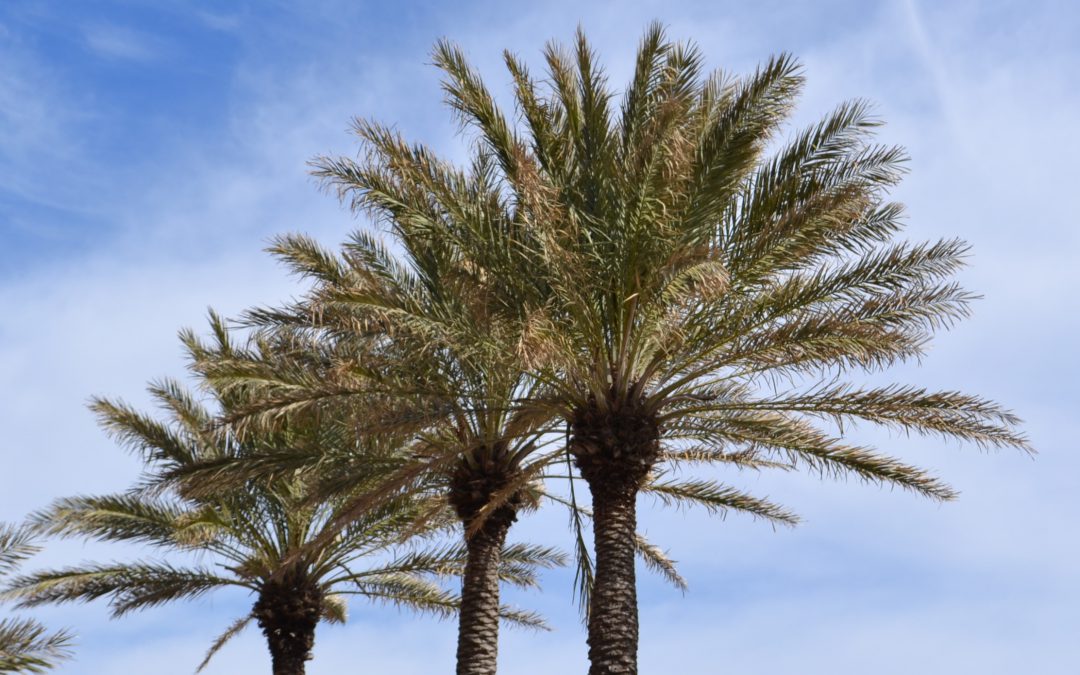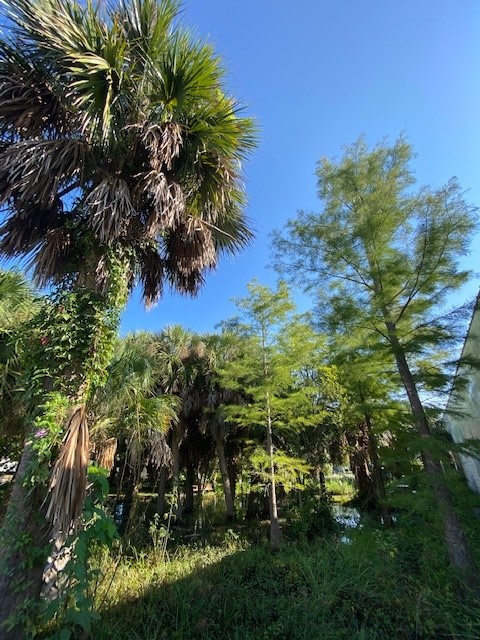
2024 Gardening in the Panhandle LIVE! Palm Selection and Care
On March 7th we held our second Gardening in the Panhandle LIVE! of 2024 and the panel tackled Palm Selection and Care. We had lots of great questions from viewers, and this is a recap of some of the main points covered and references shared.
A few spoilers of the discussion – palms are not trees, they are grasses; and Sago “palms” and Coontie “palms” are cycads, not palms! Check out the video for explanations.
Although there is always the possibility of cold damage if winter temperatures drop below average, for the best success choose palms more likely to survive “normal” winters. These include Cabbage Palm, Mule Palm, Pindo Palm, Needle Palm, and Windmill Palm.
How you plant a palm is very important to long term survival. Follow steps in these publications:
Planting Palms https://gardeningsolutions.ifas.ufl.edu/care/planting/planting-palms.html
Transplanting Palms in the Landscape https://edis.ifas.ufl.edu/publication/EP001
Maintaining palms can also be tricky – especially if you are performing tasks out of routine rather than need.
Pruning palms is a hot subject because it is very commonly done incorrectly leading to nutrient deficiency, bud exposure to cold and wind damage, spread of disease, and attracting insect pests. Proper techniques can be found in Pruning Palms https://gardeningsolutions.ifas.ufl.edu/care/pruning/pruning-palms.html
Palms have specific nutritional needs so understanding proper fertilization is key. Your Palms Might be Hangry https://blogs.ifas.ufl.edu/orangeco/2021/03/08/your-palms-might-be-hangry-here-is-how-to-feed-them/ explains how to feed them right!
Several diseases can cause palms to become unstable and unsafe. Thielaviopsis Trunk Rot of Palm https://edis.ifas.ufl.edu/publication/PP143 and Ganoderma Butt Rot of Palms https://edis.ifas.ufl.edu/publication/PP100 are two of concern.
A great resource for palm diagnostics is this interactive website Palm Key Diagnostics https://flrec.ifas.ufl.edu/palmprodpalm-problems-key/
If you missed this episode, you can watch the episode on YouTube at https://www.youtube.com/playlist?list=PLNZx4ZSSTl-rgIrEqGJYaCJjguZTuxPXc
Make sure to register for our next episode on April 11th Temperate Fruit for NW Florida!






